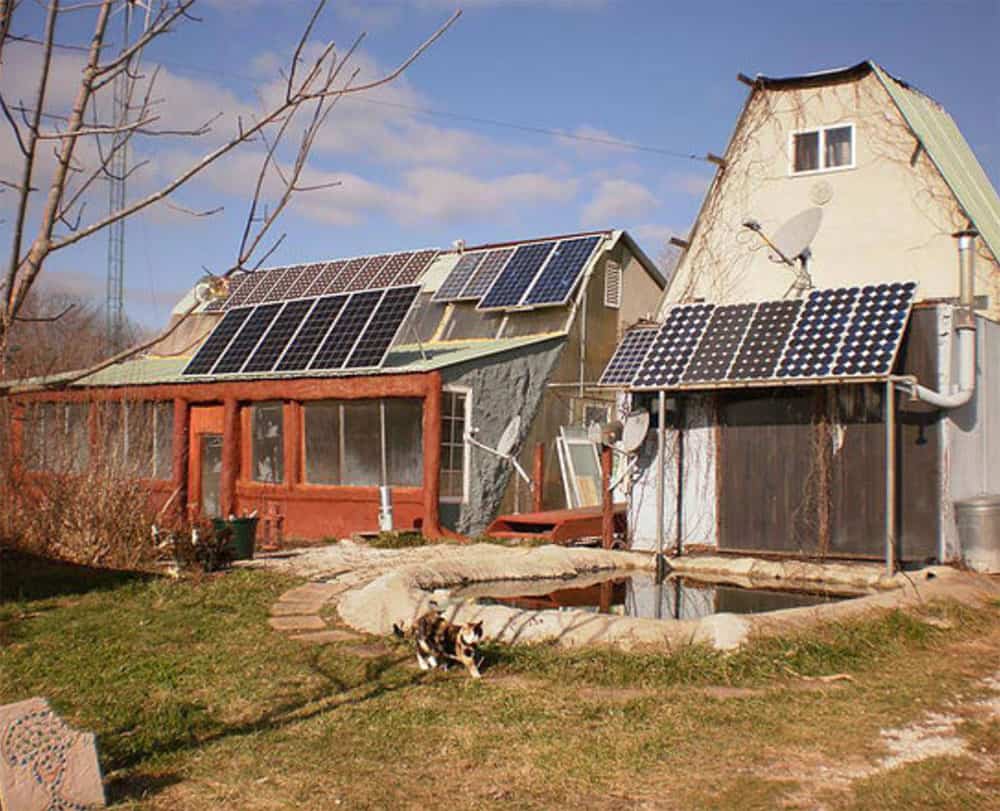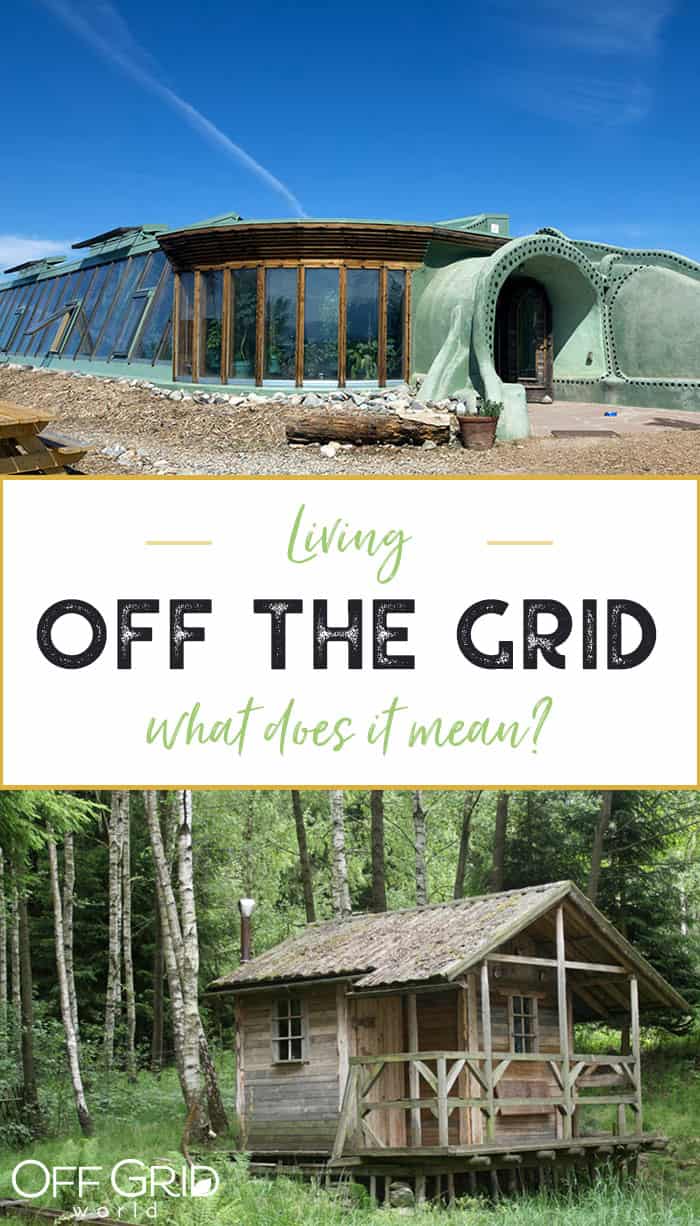
The placement of your home, whether it's south-facing, the number of sunny days you get in a given year, all must be taken into consideration when living off-grid. A 3000w solar panel array should be enough to power a typical home‘s daily usage(2-4 people), allowing you to be off-grid up to 80% of the year, as this will typically not cover you during the winter. If we bring renewable energy sources into the mix, be it solar or wind, then we can drastically reduce our energy dependence on the Grid, or be fully self-sufficient from the power of the sun or wind. So, if we're off-grid, and living in a smaller home, we can expect to reduce some of the energy requirements for things such as heating, as a more modest space requires less energy to heat the space.

Setting up a pump which allows the water from the tank to be pumped back into the house is usually the simplest way to go. Aiming for a tank of 2000L or more would be suitable if you expect to receive regular downpours of rain. Rain harvesting - Each time it rains, a lot of water can be harvested by using a rain capturing system. This system can be built by using a simple gutter, on top of your roof, which diverts the rain into an overground or underground water tank. This would also be an excellent time to consider your household products opting for chemical-free to reduce the filtration process. Our wastewater, from showers and sinks, known as greywater, is easy to reuse - be it by diverting it into a water tank or butt outside of the home, for usage in the garden or with a filter and cleaning, can be reused in the shower and sink - but not for drinking. Reuse - Reusing our water is relatively simple if we build the systems in the first place. If we reduce our showers to just 3 minutes and use a water-saving head, as well as a newer toilet cistern that uses only 3 litres per flush, we can instantly save 1000s of litres with ease. A typical British household uses roughly 165,000 litres of water every year, that's a lot, right? Most of this water is used in showering, washing dishes and flushing the toilet. Reduce - It sounds simple, but reducing your water usage really is the first step to being self-sufficient or off-grid in terms of water. To be off-grid in terms of water usage, there are a few methods to achieve this: We need it for drinking our 10 cups of tea a day (yes, cmon, we're Britsh!), our washing, showering or bathing, the list goes on. So if you're undecided whether your tiny home will be off-grid or somewhere in between, let's explore each of the critical factors that enable people to live off-grid and how we can achieve 'off-grid' life. This explains why tiny home living is becoming popular, especially in green spaces or rural areas, as it allows for a more resource-efficient use of the local and natural environment for our energy needs. City living limits a home from being off-grid to a certain point, as space constraints significantly reduce critical resources such as plentiful wind, rain and sun and the convenience of being connected within a city, far outweighs the need.

Off-grid living can take many forms, and depending on how far you're willing to go, will determine how much you 'unplug' from the Grid.

To live 'off-grid' means we are no longer connected to this national source and rely solely on natural gas and power for energy. In the UK, we all get our power from a connected system, known as the National Grid.


 0 kommentar(er)
0 kommentar(er)
